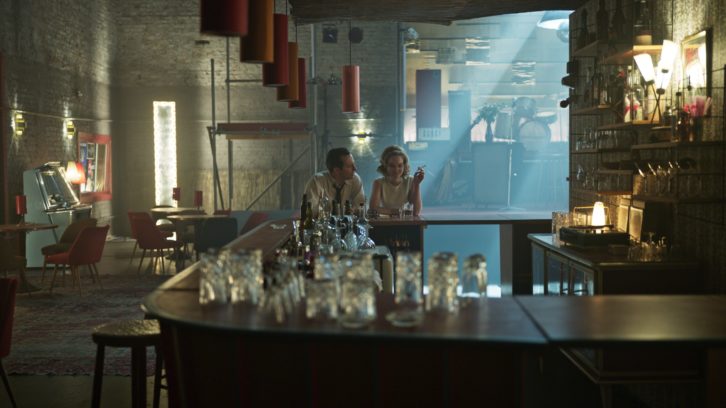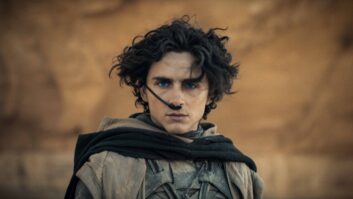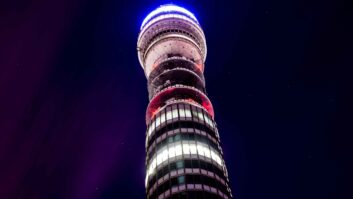Produced by UFA Fiction for German public broadcaster ZDF and made up of three 90-minute episodes, the third series of Ku’damm 63, continues the story of Germany’s halting social and cultural evolution. It is told through the loves, hard-won freedoms and suffering of three sisters, Monika, Helga and Eva, daughters of a conservative matriarch.
Post production was delivered by Dfacto Motion, with Ana Izquierdo responsible for colour correction. As with the previous series, Izquierdo collaborated closely with DP Michael Schreitel and helped to embrace the changing times depicted by evolving the third series’ look.

“We wanted to move from the desaturated look of Ku’damm 56 to a brighter, more colourful feel, as this reflected not only the time jump but also key themes of that era, such as the growth of Technicolor television and cinema, as well as a more optimistic outlook” explains Izquierdo.
Although the previous series had been pregraded in YRGB, the decision was made to set the Ku’damm 63 project in an ACES pipeline to facilitate the SDR to HDR pass. This meant rebuilding the existing node trees from scratch within the DaVinci Resolve timeline. Izquierdo developed two nodes to create a base and then a secondary grade to create the palette of ochre tones. “We took some time softening the blues and also used an extra node with gamut limiter where we saw some unwanted stark reaction with neon hues,” she continues.
As with many period dramas, the series required a large amount of VFX work to bring 1960’s Berlin to life. Izquierdo explains that the challenge was to work closely with the VFX department to ensure a sense of realism throughout, avoiding distraction from the narrative. “We had several exterior shots of the family’s Gallant dance studio on the Ku’damm, so Resolve’s precise detailing tools were essential for extremely accurate grading, with alpha channels for every different compositing and CGI element.”

As SDR would be the primary delivery format, this grade formed the basis for the HDR version, with the image department setting the project to Rec.2020 and adjusting highlights within the timeline where required. “The HDR version was a joy to grade; in particular, the volume and three-dimensional feel of the nighttime interior scenes were brought to the forefront.”
“The show is made with such great technical and visual care, from principle photography through to post, and the DaVinci Resolve workflow plays a fundamental role,” concludes Izquierdo. “Collaborating with the director and DP, we have been able to take the colour grade one step further to emphasise the characters’ growth, which was important. Having a flexible, reliable post production pipeline allowed us to spend time on creating the perfect period aesthetic as the backdrop to their story.”






